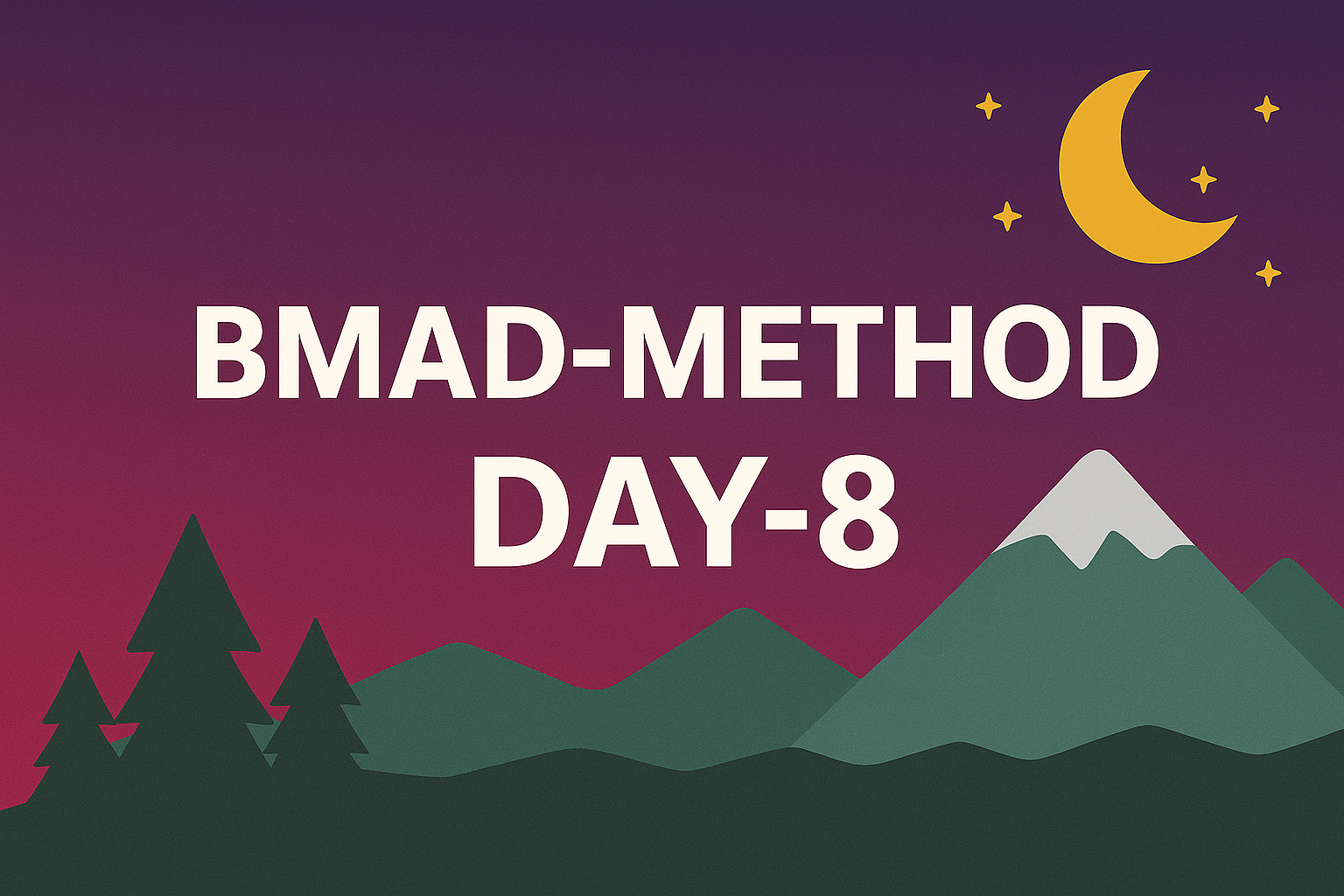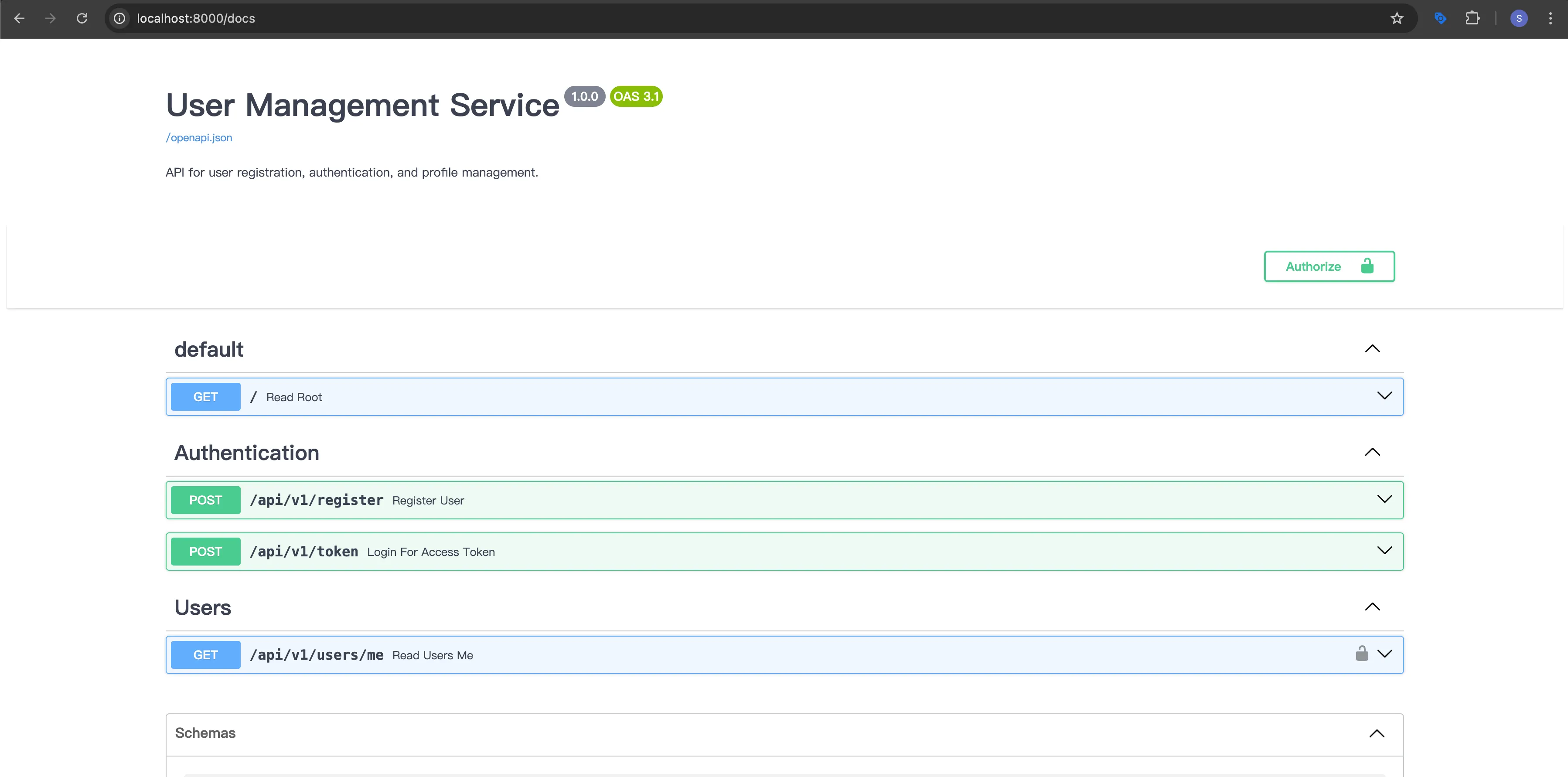· Joseph · AI & Machine Learning · 4 min read
[Day 8] BMAD-Method - FastAPI Backend and user management

今天來試試opencode + BMad-Method 對後端FastAPI做使用者登入註冊的理解。廢話不多說,直接上prompt給analyst
[ROLE]
You are an Analyst agent in the BMAD-Method AI agent framework.
Your task is to deeply analyze the requirements of a backend system
and output a clear, structured functional specification.
[CONTEXT]
We need to build a Python FastAPI backend for user authentication and profile management.
The system will run inside Docker containers with docker-compose, and use PostgreSQL as the database.
[REQUIREMENTS]
1. Core Features:
- User registration (with email/username and password)
- User login (JWT-based authentication)
- Change password (with old password validation)
- Update personal profile (requires authentication)
2. Technical Stack:
- Framework: FastAPI
- Server: Uvicorn
- ORM: SQLAlchemy
- DB Migration: Alembic
- Database: PostgreSQL
- Security: Passlib (bcrypt), python-jose (JWT)
- Config Management: pydantic-settings / dotenv
- Containerization: Docker & docker-compose
3. Deployment:
- Services: backend (FastAPI app), db (PostgreSQL)
- Volumes: persistent PostgreSQL data
- Ports: backend (8000), db (5432)
[OUTPUT FORMAT]
- Provide a structured functional specification with:
1. User stories
2. Functional requirements
3. Non-functional requirements
4. System architecture (high-level)
5. Database schema (tables & fields)
6. API endpoints (with methods & input/output models)
7. Security considerations然後我們開始問與答!
這次我們跑了 5個為什麼 (Five Whys) 跟 Yes, and... 方法:
Five Whys?
是一種根本原因分析(Root Cause Analysis)的方法,用來找出問題真正的起因。它的核心做法非常簡單:針對同一個問題,連續問「為什麼」五次(或直到找出真正的根本原因為止)。
Yes, And…
是一種溝通與合作技巧,源自**即興劇(Improv)**的核心規則,也被廣泛應用在商業會議、設計思考與腦力激盪中。它的核心精神是:先接納(Yes),再加值(And)。
雖然問題滿多的,但最後還是長出一個不錯的brief.md, prd.md, architecture.md。
$ tree docs/
docs/
├── architecture.md
├── brainstorming-session-results.md
├── brief.md
├── prd
│ ├── epic-1-foundational-user-management.md
│ ├── epic-2-enhanced-user-security.md
│ ├── epic-3-advanced-authentication.md
│ └── epic-4-user-identity-access-management.md
└── prd.md之後開發完的結果,檢查之下還是差了docker, docker-compose,還是得請Gemini補一下
run my backend by docker and try to fix error
到這邊告一段落,一連串的跑跑改改就結束了。
想看project的可以來這邊:https://github.com/josephMG/bmad-method-projects
Conclusion
是的,跑完發現還是有噴Internal Server Error,明天就來玩一下TDD開發,再讓 dev 去修復看看。但今天跑的opencode有時候會卡卡的,感覺是token不夠又感覺是他有什麼bug,就一直在那邊loading。所以今天還是用OpenCode + Gemini CLI 兩個一起合作打完的。希望明天可以順暢一點。
今天到這邊就結束囉,喜歡我文章的再幫忙推廣一下喔!


![[Day 30] BMAD-Method Summary](/_astro/banner.C6FR-Le0.png)
![[Day 29] BMAD-Method - Accounting App Flutter - 3](/_astro/banner.pOujF-t4.jpg)
![[Day 28] BMAD-Method v6 - part 3 - BMB](/_astro/banner.DbuP4gQ2.png)
![[Day 27] BMAD-Method v6 - part 2 - BMM](/_astro/banner.OYuhjhKo.png)